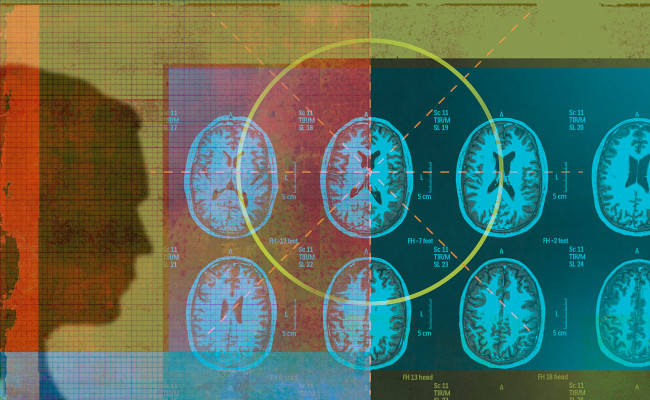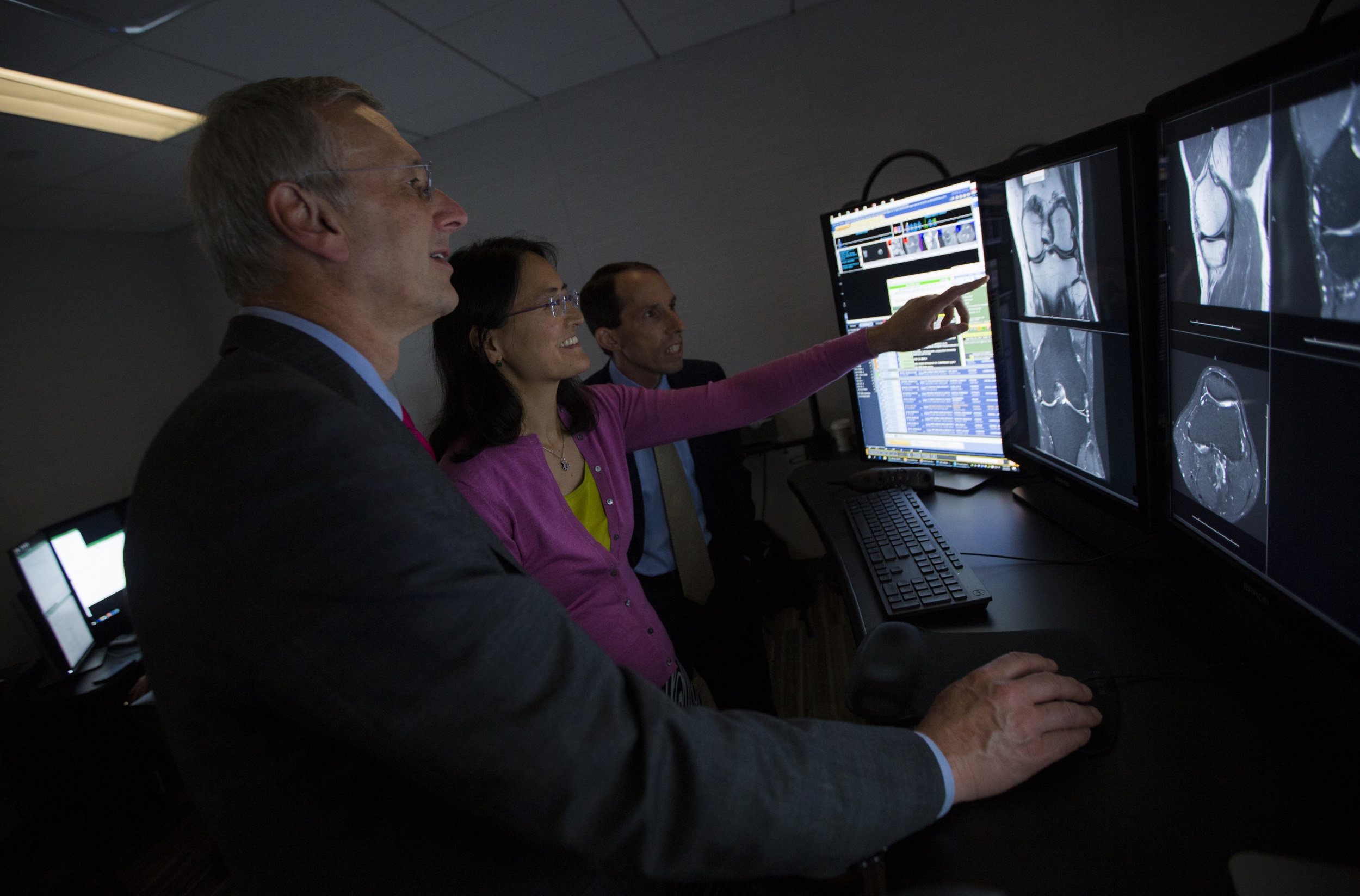
NYU and Facebook team up to supercharge MRI scans with AI
Magnetic resonance portrait is an invaluable tool in the medical province, but it’s also a sluggish and inefficient process. It may take fifteen minutes or an hour to accomplish a scan, during which the patient, perhaps a child or someone in serious anguish, must baby-sit perfectly still. NYU has been working on a style to accelerate this process, and is now co-operation with Facebook with the objective of cutting down MRI spans by 90 percentage by applying AI-based imaging tools.
It’s important at the outset to distinguish their own efforts from other common uses of AI in the medical imaging battleground. An X-ray, or definitely an MRI scan, once completed, could be inspected by an object recognition structure watching for abnormalities, saving duration for doctors and maybe even catching something they might have missed. This activity isn’t about investigating imagery that’s already been created, but preferably accelerating its creation in the first place.
The reason MRIs take so long is because the machine must create a series of 2D portraits or slivers, many of which is required to stacked up to make a 3D epitome. Sometimes merely a handful are necessity, but for full loyalty and degree — for something like a scan for a psyche tumor — lots of slice are required.
The FastMRI project, begun in 2015 by NYU investigates, probes the possibility of creating imagery of a similar tone to a traditional scan, but by compiling merely a fraction of the data normally needed.
Think of it like scanning an ordinary photo. You could examine the whole occasion … but if you merely searched every other wire( this is called ” undersampling “) and then intelligently filled in the missing pixels, it would make half as long. And machine learning systems are getting quite good at duties like that. Our own brains do it all the time: you have blind spots with stuff in them right now that you don’t notice because your perception structure is crowding in the divergences — intelligently.

The data collected at left is likely to be “undersampled” as at liberty, with the missing data crowded in later
If an AI system could be trained to fill in the divergences from MRI scans where merely the most critical data is collected, the actual time during which a patient would have to sit in the imaging tubing could be reduced much. It’s easier on the patient, and one machine could administer far more parties than it does doing a full scan every time, obligating searches cheaper and more easily obtainable.
The NYU School of Medicine investigates began work on this three years ago and published some early causes showing that the coming was at least attainable. But like an MRI scan, this kind of drudgery takes time.
” We and other institutions have taken some baby steps in using AI for this type of problem ,” excused NYU’s Dan Sodickson, chairman of the Center of Advanced Imaging Innovation and Research there.” The sense is that already in the first attempts, with fairly simple methods, we can do better than other current acceleration proficiencies — are better epitome character and maybe accelerate farther by some percentage, but not by big severals more .”
So to give the project a improve, Sodickson and the radiologists at NYU are compounding forces with the AI wonks at Facebook and its Artificial Intelligence Research group( FAIR ).

NYU School of Medicine’s Department of Radiology chair Michael Recht, MD, Daniel Sodickson, MD, weaknes chair for research and conductor of the Center for Advanced Imaging Innovation and Yvonne Lui, MD, head of neural networks, examine an MRI
” We have some great physicists here and even some hot-stuff mathematicians, but Facebook and FAIR have some of the leading AI scientists in the world. So it’s complementary expertise ,” Sodickson said.
And while Facebook isn’t projecting on starting a medical imaging forearm, FAIR has a nice broad mandate.
” We’re looking for impactful but also scientifically interesting problems ,” said FAIR’s Larry Zitnick. AI-based invention or re-creation of reasonable imagery( often called ” hallucination “) is a major region of studies, but this would be a unique application of it — not to mention one that could help some people.
With a patient’s MRI data, he excused, the generated imagery” doesn’t need to be simply conceivable, but it needs to retain the same blunders .” So personal computers dream negotiator that crowds in the chinks needs to be able to recognize more than time overall structures and organization, and to be able to retain and even intelligently spread aberrations within the portrait. To not do so would be a massive any amendments to the original data.
Fortunately it is about to change that MRI machines are pretty adaptable when it comes to how they induce idols. If you would normally take checks from 200 different positions, for example, it’s not hard to tell the machine to do half that, but with a higher density in one region or the other. Other imagers like CT and PET scanners aren’t so docile.
Even after a duo years of employment studies and research is still at an early stage. These things can’t be rushed, after all, and with medical data the committee is ethical considerations and a difficulty in procuring enough data. But the NYU researchers’ field project has paid off with initial results and a potent data set.
Zitnick was also pointed out that because AI operators compel lots of data to civilize up to effective positions, it’s a major change going from a determine of, say, 500 MRI scans to a located of 10, 000. With the onetime data set you might be able to do a evidence of concept, but with the latter you can build something accurate enough to actually use.
The partnership announced today is between NYU and Facebook, but both hope that others will join up.
” We’re working on this out in the open. We’re going to be open-sourcing it all ,” said Zitnick. One might expect no less of academic research, but of course a great deal of AI work in particular goes on behind closed doors these days.
So the first steps as a joint jeopardize will be to define the problem, record the data set and handout it, start baselines and metrics by which to value their success, and so on. Meanwhile, the two organizations will be fulfill and swapping data regularly and guiding results past actual clinicians.
” We don’t know how to solve this problem ,” Zitnick said.” We don’t know if we’ll attain or not. But that’s kind of the recreation of it .”
Read more: feedproxy.google.com

